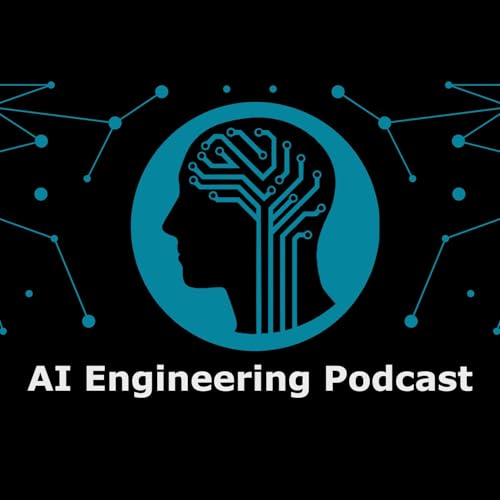SummaryIn this episode of the AI Engineering Podcast Julianna Lamb, co-founder and CTO of Stytch, talks about the complexities of managing identity and authentication in agentic workflows. She explores the evolving landscape of identity management in the context of machine learning and AI, highlighting the importance of flexible compute environments and seamless data exchange. The conversation covers implications of AI agents on identity management, including granular permissions, OAuth protocol, and adapting systems for agentic interactions. Julianna also discusses rate limiting, persistent identity, and evolving standards for managing identity in AI systems. She emphasizes the need to experiment with AI agents and prepare systems for integration to stay ahead in the rapidly advancing AI landscape.AnnouncementsHello and welcome to the AI Engineering Podcast, your guide to the fast-moving world of building scalable and maintainable AI systemsWhen ML teams try to run complex workflows through traditional orchestration tools, they hit walls. Cash App discovered this with their fraud detection models - they needed flexible compute, isolated environments, and seamless data exchange between workflows, but their existing tools couldn't deliver. That's why Cash App rely on Prefect. Now their ML workflows run on whatever infrastructure each model needs across Google Cloud, AWS, and Databricks. Custom packages stay isolated. Model outputs flow seamlessly between workflows. Companies like Whoop and 1Password also trust Prefect for their critical workflows. But Prefect didn't stop there. They just launched FastMCP - production-ready infrastructure for AI tools. You get Prefect's orchestration plus instant OAuth, serverless scaling, and blazing-fast Python execution. Deploy your AI tools once, connect to Claude, Cursor, or any MCP client. No more building auth flows or managing servers. Prefect orchestrates your ML pipeline. FastMCP handles your AI tool infrastructure. See what Prefect and Fast MCP can do for your AI workflows at aiengineeringpodcast.com/prefect today.Your host is Tobias Macey and today I'm interviewing Julianna Lamb about the complexities of managing identity and auth in agentic workflowsInterviewIntroductionHow did you get involved in machine learning?The term "identity" is very overloaded. Can you start by giving your definition in the context of technical systems?What are some of the different ways that AI agents intersect with identity?We have decades of experience and effort in building identity infrastructure for the internet, what are the most significant ways in which that is insufficient for agent-based use cases?I have heard anecdotal references to the ways in which AI agents lead to a proliferation of "identities". How would you characterize the magnitude of the difference in scale between human-powered identity, deterministic automation (e.g. bots or bot-nets), and AI agents?The other major element of establishing and verifying "identity" is how that intersects with permissions or authorization. What are the major shortcomings of our existing investment in managing and auditing access and control once you are within a system?How does that get amplified with AI agents?Typically authentication has been done at the perimeter of a system. How does that architecture change when accounting for AI agents?How does that get complicated by where the agent originates? (e.g external agents interacting with a third-party system vs. internal agents operated by the service provider)What are the concrete steps that engineering teams should be taking today to start preparing their systems for agentic use-cases (internal or external)?How do agentic capabilities change the means of protecting against malicious bots? (e.g. bot detection, defensive agents, etc.)What are the most interesting, innovative, or unexpected ways that you have seen authn/authz/identity addressed for AI use cases?What are the most interesting, unexpected, or challenging lessons that you have learned while working on identity/auth(n|z) systems?What are your predictions for the future of identity as adoption and sophistication of AI systems progresses?Contact InfoLinkedInParting QuestionFrom your perspective, what are the biggest gaps in tooling, technology, or training for AI systems today?Closing AnnouncementsThank you for listening! Don't forget to check out our other shows. The Data Engineering Podcast covers the latest on modern data management. Podcast.__init__ covers the Python language, its community, and the innovative ways it is being used.Visit the site to subscribe to the show, sign up for the mailing list, and read the show notes.If you've learned something or tried out a project from the show then tell us about it! Email hosts@aiengineeringpodcast.com with your story.To help other people find the show please leave a review on iTunes and tell your friends and co-workers.LinksStytchAI AgentMachine To Machine ...
Show More
Show Less
 Sep 13 202554 mins
Sep 13 202554 mins 51 mins
51 mins 1 hr and 14 mins
1 hr and 14 mins 41 mins
41 mins 52 mins
52 mins 47 mins
47 mins Jun 23 202542 mins
Jun 23 202542 mins 49 mins
49 mins
